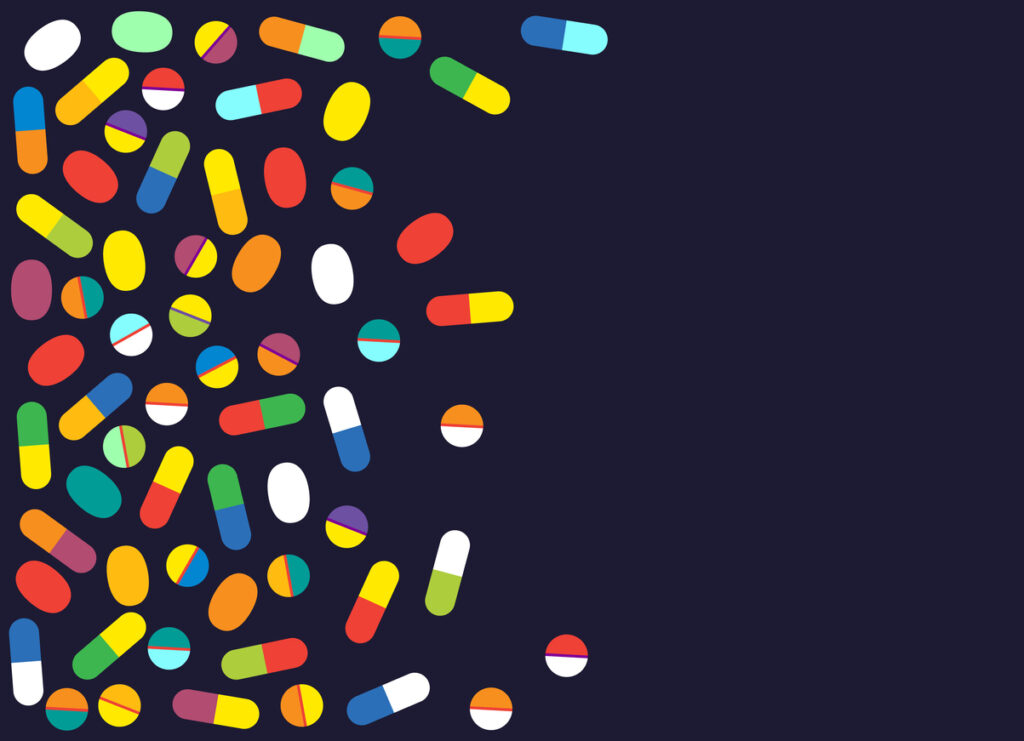Prescription Discount Cards And Medicare
Even with Medicare Part D or a Medicare Advantage plan that includes drug coverage, many beneficiaries still find themselves facing high out-of-pocket costs for certain medications. Some drugs may carry expensive copays, while others may not be covered by your plan at all. That is when beneficiaries might alternate using prescription discount cards and Medicare Part D to cover their costs.
Fortunately, there are discount prescription programs that can offer real savings; even for those enrolled in Medicare. In this post, we explore how cards like GoodRx, SingleCare, and Glic work, and when it may make sense to use them instead of your Medicare plan.
Prescription Discount Cards
Prescription discount cards and programs are free tools that help consumers pay less for medications by accessing negotiated rates at participating pharmacies. These cards are not insurance; they’re a form of cash payment assistance.
A few of the most popular programs include; GoodRx, SingleCare and a more recent option; Glic. These programs provide price comparisons of specific medications across local pharmacies. The programs all work in a similar manner; although one may offer a better price on a specific medication than another. Each program provides access to the discount with either digital, printable coupons or discount cards.
Each program allows the consumer to pay the discounted rate out of pocket, bypassing their insurance. This sometimes results in lower costs than a Medicare Part D copay or coinsurance, especially for medications not on your plan’s formulary.
Learn about the Medicare prescription payment program – watch a quick YouTube video
When Medicare Beneficiaries Might Use a Discount Card
There are specific scenarios where it makes sense to use a discount program rather than Medicare Part D or Medicare Advantage drug coverage:
1. The medication isn’t covered (non-formulary)
If the plan doesn’t include a drug on its formulary, or it’s in a very high-cost tier, a discount card may offer a lower out-of-pocket price.
2. During the deductible phase
In 2025, most Medicare Part D plans may have an annual deductible (up to $590). During this phase, the beneficiary pays 100% of the cost of medications classified as tier 2 or 3 as well as higher tiers, depending on the specific plan they are enrolled in. A discount card may offer a lower price than the plan’s retail cost during this period.
Of course, the beneficiary may eventually have to pay the deductible anyway depending on their prescriptions.
3. The plan copay is higher than the discount price
For brand-name or specialty drugs in higher tiers, your Medicare plan’s copay may be more than the out-of-pocket cost using a discount program.
Please keep in mind: these programs do not usually cover brand name drugs better than your Medicare plan, but it never hurts to check.
Important Considerations
- Purchases with discount cards do NOT count toward your Medicare Part D out-of-pocket spending (TrOOP)
If you use a discount card, your payment will not help you progress toward your deductible or maximum out-of-pocket limit. - You can’t use both Medicare and a discount card at the same time
It’s one or the other; tell the pharmacy to process it either through your insurance or the discount card. Most pharmacies will check to see which price is better if you ask them to. - Prices vary by pharmacy
Always check the card’s website or app to compare pharmacy prices before filling a prescription.
How to Use a Discount Program
- Search for the drug on the program’s website or app(be sure you enter the correct dose and amount of each medication)
- Compare prices across pharmacies in your area
- Show the coupon or card to the pharmacist before paying
- Pay out of pocket at the discounted rate
Tip: Keep a screenshot or printed copy of your discount code in case your phone doesn’t have service inside the pharmacy.
Medicare Agents
Encouraging clients to explore discount programs when appropriate can strengthen client trust and help with medication adherence. If a prescription is not covered, or too costly, these programs can be a smart short-term solution. Agents should always remind clients that discount purchases do not count toward Medicare drug spending.
Agents who want to join the team at Crowe; click here for online contracting
Please remember; beneficiaries may be able to get a formulary exception if their medication is not on their plan’s formulary.
Programs like GoodRx, SingleCare, and Glic Rx can provide real relief when Medicare drug costs are high, or when certain medications aren’t covered at all. They’re simple to use, free to access, and often a good backup when Part D coverage doesn’t go far enough.
Just remember: discount cards are not a replacement for a comprehensive drug plan, but they can be a smart tool in your healthcare savings toolbox.
